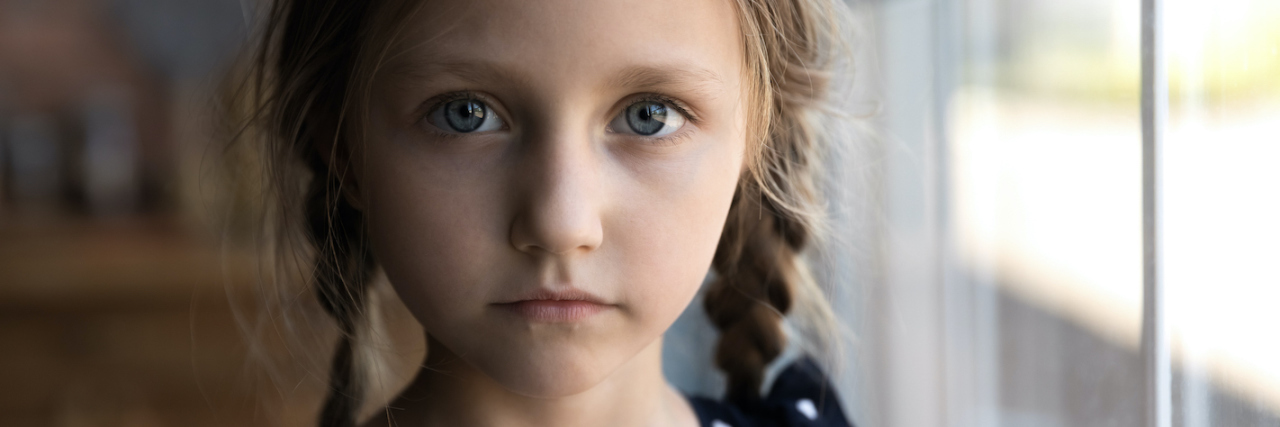Most of the time, when I ask an adult if they know what child grooming is, they think I’m talking about giving a child a bath and a blowout. It would be funny if it weren’t so alarming. If you’re a parent or work with minors in any capacity — knowing what child grooming is and how to prevent it can be life-saving. So, what is it? Child grooming is when an adult strategically forms a bond with a minor to gain their trust and sexually assault them.
When I say “strategically,” I mean there’s an actual formula to forming these relationships, and it starts with targeting that child. Children are targeted for different reasons, but what makes a child a target for a predator is how vulnerable they already are. Do they have a strong support system? Do they need a lot of attention? Are they in need of financial, emotional, spiritual support? Have they been through something traumatic like an unprecedented year brought on by a pandemic that ripped them away from their friends and left them cooped up with their parents during some very formative times in their lives?
We should talk about how this last year has created the perfect storm for child grooming online and in-person. As it stands, this type of predation occurs for 1 out of every 10 minors who are neurotypical and 1 out of every 3 minors who are neurodiverse. Historically, 93% of these predators were people that were already in a minor’s life. It was an uncle, their music teacher, a camp counselor, their pastor, a nanny — someone that society and their own parents trusted. While it hasn’t changed that predators are still commonly people a child already knows, in 2019 alone, social media was used in 70% of child grooming cases. Now consider how much more screen time children have had over the last year and how hard this year has been for children and teenagers.
When I tell parents that, their first response is, “Well, that’s it, my child can’t have a phone until they’re 18 years old.” That’s not the answer, and here’s why. I teach courses on predatory child grooming prevention and what to do if you witness it occurring. I could tell you a myriad of ways to prevent this from happening to the youth in your life. Your number one defense is your communication with children. Suppose you isolate a child from their social network, either online or in-person. In that case, you’re making them more vulnerable to predators because they’re already in need of attention. Suppose they feel you’re unreasonable for taking their technology away when all their friends have access to it. In that case, a predator might jump at the opportunity to force a wedge between you or the child by acting as their “voice of reason.”
When children know they can tell you anything and you can keep your lines of communication open, you stand the best chance of knowing when an adult is acting inappropriately with them. You can take a phone or a computer away, but there will always be some way for them to access the internet. Additionally, if you’re too focused on the internet as the source of potential danger, you can miss what’s right under your nose — the adults you thought you could trust.
Fortunately, whether you work with minors or you’re a parent, there are plenty of ways to educate and be proactive about preventing child grooming. If you’re a parent or work with children, you can visit Valiant Bridge for free resources or register for the Predatory Child Grooming Prevention Course.
Sources:
- Journal of Child Psychology and Psychiatry (March 23, 2018)
- Townsend, C. & Rheingold, A.A (2013).
- Instagram is the most used platform for grooming crimes, report finds
Getty image via fizkes

